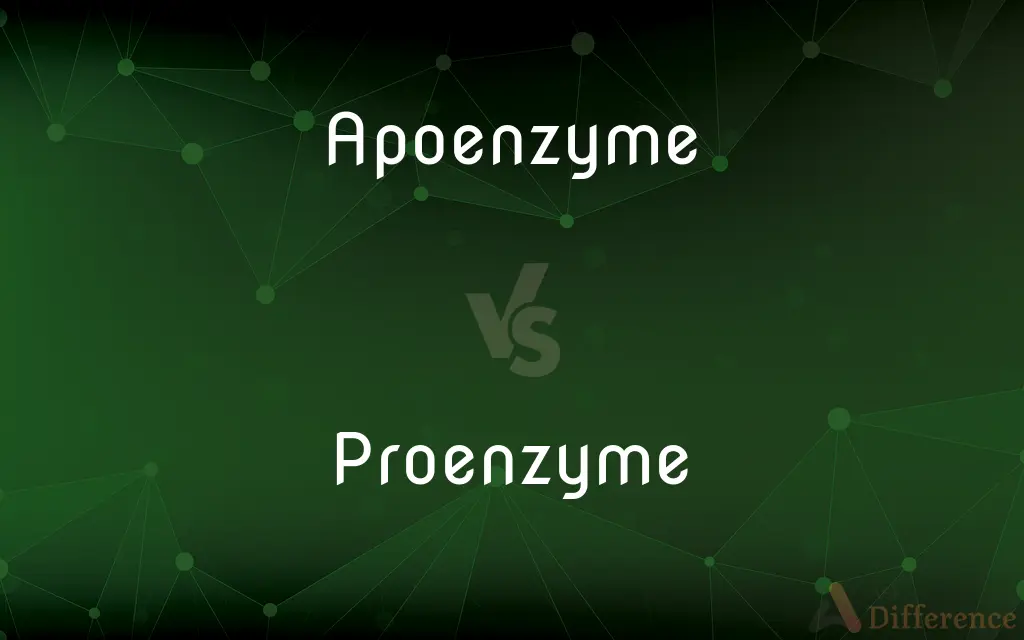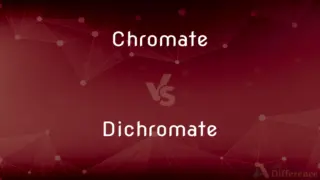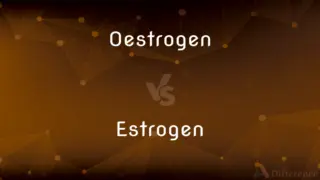Apoenzyme vs. Proenzyme — What's the Difference?

Difference Between Apoenzyme and Proenzyme
ADVERTISEMENT
Compare with Definitions
Apoenzyme
The protein component of an enzyme, excluding additional components such as cofactors or inhibitors.
Proenzyme
The inactive or nearly inactive precursor of an enzyme, converted into an active enzyme by proteolysis. Also called zymogen.
Apoenzyme
(enzyme) An inactive haloenzyme lacking a cofactor.
Proenzyme
(biochemistry) Any inactive precursor of an enzyme that is converted to an enzyme by proteolysis; a zymogen
Apoenzyme
A protein that combines with a coenzyme to form an active enzyme
ADVERTISEMENT
Proenzyme
Any one of a class of proteins that are converted, in the normal course of cellular metabolism, into one or more active enzymes; also called zymogen. The conversion usually is due to a specific cleavage of a peptide bond by another enzyme, or may be due to acid.
Proenzyme
Any of a group of compounds that are inactive precursors of enzymes and require some change (such as the hydrolysis of a fragment that masks an active enzyme) to become active
Share Your Discovery

Previous Comparison
Chromate vs. Dichromate
Next Comparison
Concerning vs. Regarding














































